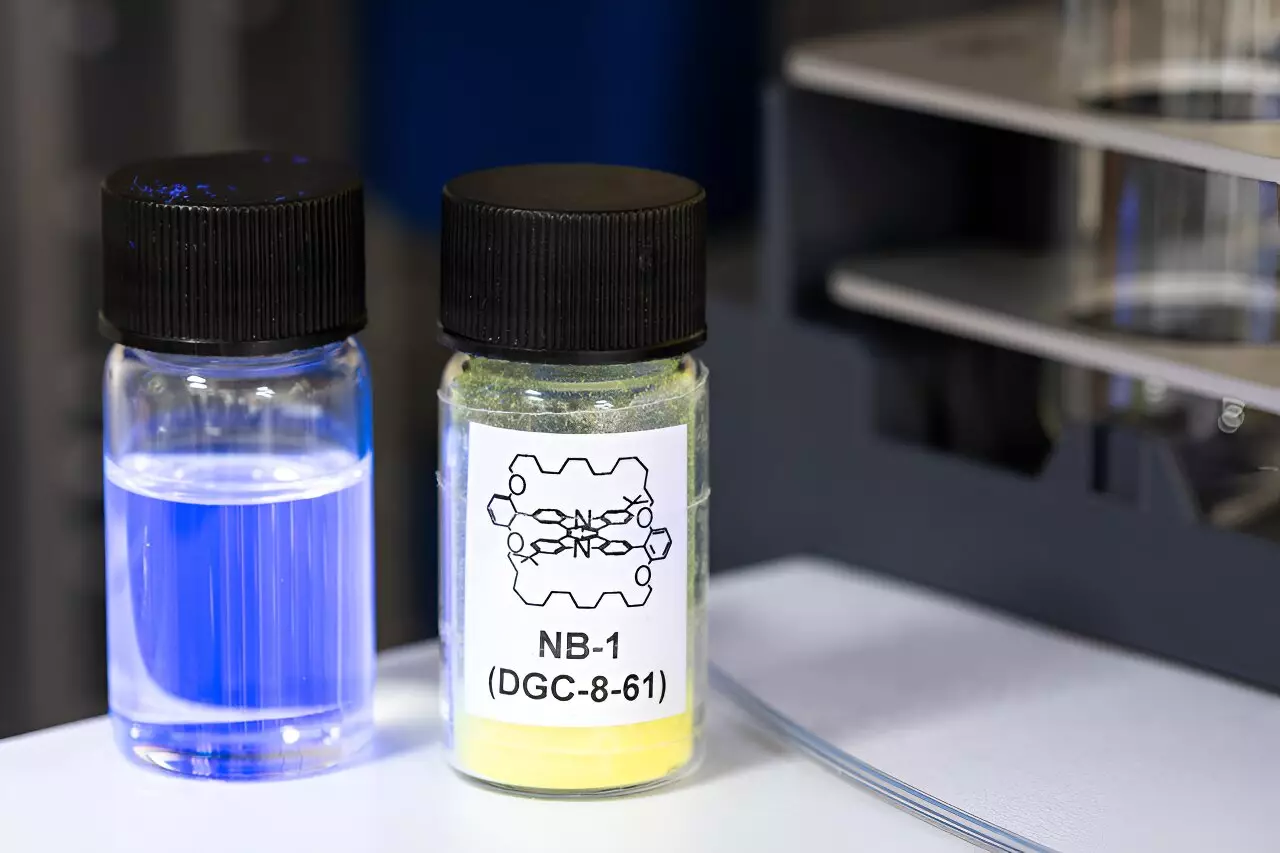The current OLED technology used in television screens and smartphones offers vivid picture quality, but it comes with drawbacks such as high cost and short lifespans. One of the main challenges with OLED screens is the stability of the subpixels that emit blue light. These blue subpixels are the least stable and can be prone to screen “burn-in,” which can deteriorate the screen quality over time.
A recent study published in Nature Materials by a team of researchers from Northumbria, Cambridge, Imperial, and Loughborough universities has introduced a groundbreaking new design for high-efficiency blue OLEDs. This new design aims to address the stability issues associated with blue light emission, potentially leading to longer-lasting and higher definition displays.
OLEDs are constructed like a sandwich, with organic semiconductor layers sandwiched between two electrodes. The middle layer, known as the emissive layer, emits light when an electrical current passes through it. The challenge lies in ensuring that the electrical energy is efficiently converted into light, especially for blue light emission, which tends to degrade the OLED structure over time.
Dr. Marc Etherington, an Assistant Professor in Molecular Photophysics at Northumbria University, led a spectroscopic analysis to understand the energy transfer process in organic semiconductors. The research team designed a new light-emitting molecule with added shields to block destructive energy pathways and control how molecules interact. This innovative approach aims to simplify the emissive layer of blue pixels to only two components, while maintaining high efficiency.
The development of more efficient OLEDs could significantly reduce energy consumption in electronic devices, making them more sustainable for the environment. This research not only benefits manufacturers by driving down costs but also provides consumers with longer-lasting and higher quality OLED displays.
Co-corresponding author Dr. Daniel Congrave from the University of Cambridge emphasized the importance of improving OLED technology to meet the demands of the information era. By simplifying the structure of OLEDs and enhancing energy efficiency, this research paves the way for advancements in display technology that will benefit both manufacturers and consumers alike.
The innovative design proposed by the research team offers a promising solution to the challenges faced by current OLED technology. By addressing the stability issues associated with blue light emission, this new approach could revolutionize the efficiency and lifespan of OLED displays, leading to a more sustainable and cost-effective future for electronic devices.


Leave a Reply